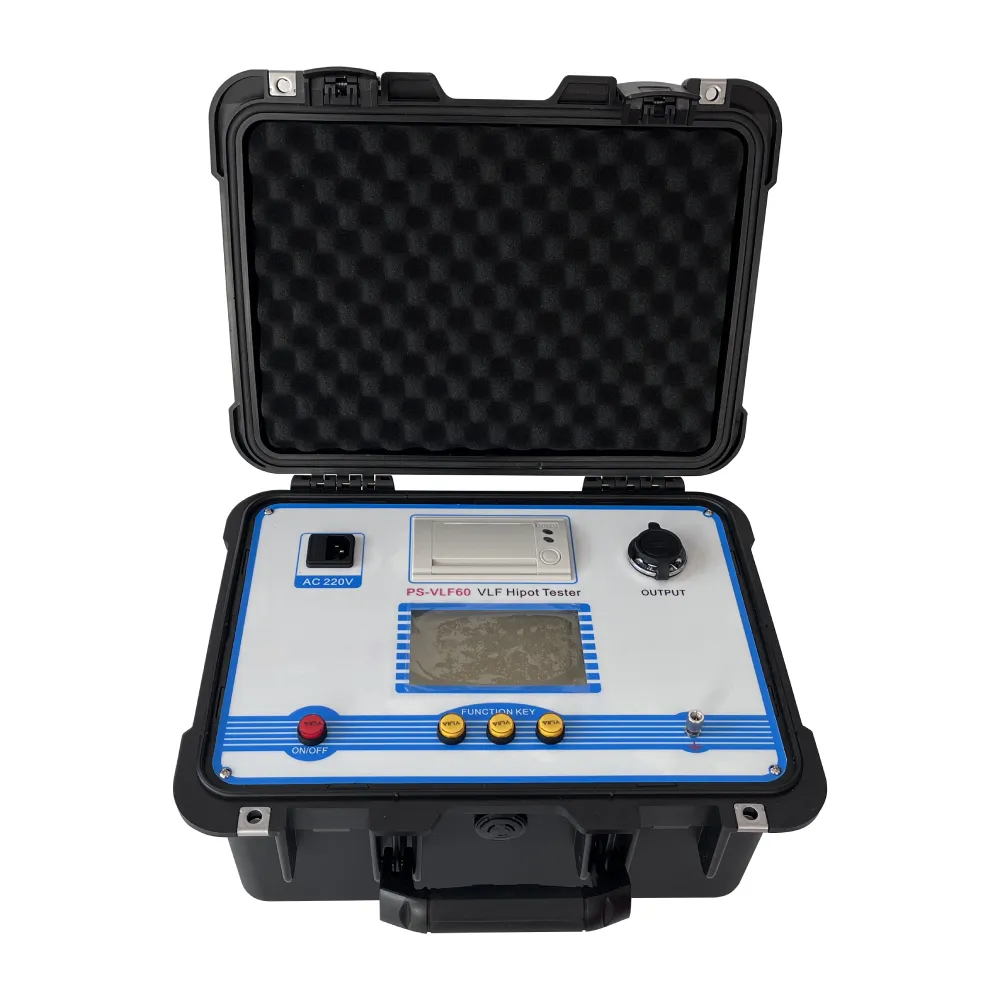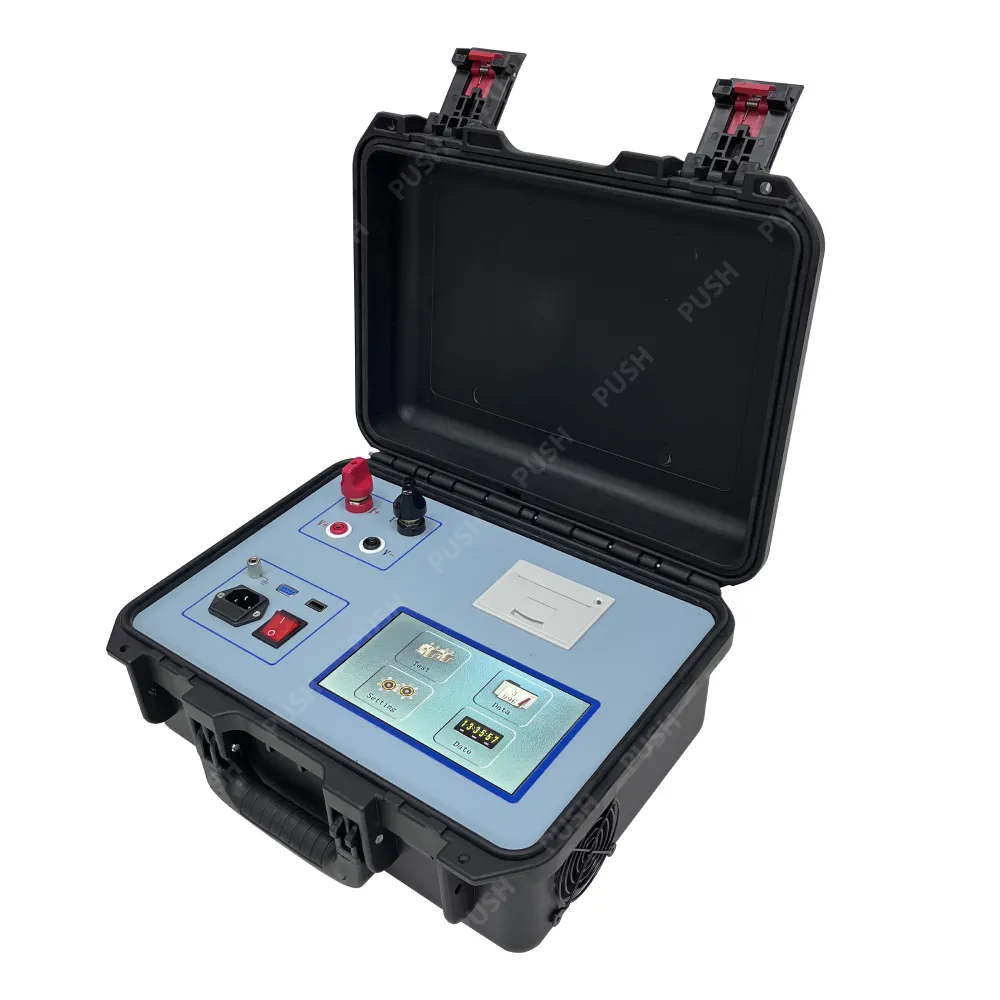TEL:
+86-0312-3189593
 English
English

Telephone:0312-3189593

Email:sales@oil-tester.com

-
 Afrikaans
Afrikaans -
 Albanian
Albanian -
 Amharic
Amharic -
 Arabic
Arabic -
 Armenian
Armenian -
 Azerbaijani
Azerbaijani -
 Basque
Basque -
 Belarusian
Belarusian -
 Bengali
Bengali -
 Bosnian
Bosnian -
 Bulgarian
Bulgarian -
 Catalan
Catalan -
 Cebuano
Cebuano -
 China
China -
 China (Taiwan)
China (Taiwan) -
 Corsican
Corsican -
 Croatian
Croatian -
 Czech
Czech -
 Danish
Danish -
 Dutch
Dutch -
 English
English -
 Esperanto
Esperanto -
 Estonian
Estonian -
 Finnish
Finnish -
 French
French -
 Frisian
Frisian -
 Galician
Galician -
 Georgian
Georgian -
 German
German -
 Greek
Greek -
 Gujarati
Gujarati -
 Haitian Creole
Haitian Creole -
 hausa
hausa -
 hawaiian
hawaiian -
 Hebrew
Hebrew -
 Hindi
Hindi -
 Miao
Miao -
 Hungarian
Hungarian -
 Icelandic
Icelandic -
 igbo
igbo -
 Indonesian
Indonesian -
 irish
irish -
 Italian
Italian -
 Japanese
Japanese -
 Javanese
Javanese -
 Kannada
Kannada -
 kazakh
kazakh -
 Khmer
Khmer -
 Rwandese
Rwandese -
 Korean
Korean -
 Kurdish
Kurdish -
 Kyrgyz
Kyrgyz -
 Lao
Lao -
 Latin
Latin -
 Latvian
Latvian -
 Lithuanian
Lithuanian -
 Luxembourgish
Luxembourgish -
 Macedonian
Macedonian -
 Malgashi
Malgashi -
 Malay
Malay -
 Malayalam
Malayalam -
 Maltese
Maltese -
 Maori
Maori -
 Marathi
Marathi -
 Mongolian
Mongolian -
 Myanmar
Myanmar -
 Nepali
Nepali -
 Norwegian
Norwegian -
 Norwegian
Norwegian -
 Occitan
Occitan -
 Pashto
Pashto -
 Persian
Persian -
 Polish
Polish -
 Portuguese
Portuguese -
 Punjabi
Punjabi -
 Romanian
Romanian -
 Russian
Russian -
 Samoan
Samoan -
 Scottish Gaelic
Scottish Gaelic -
 Serbian
Serbian -
 Sesotho
Sesotho -
 Shona
Shona -
 Sindhi
Sindhi -
 Sinhala
Sinhala -
 Slovak
Slovak -
 Slovenian
Slovenian -
 Somali
Somali -
 Spanish
Spanish -
 Sundanese
Sundanese -
 Swahili
Swahili -
 Swedish
Swedish -
 Tagalog
Tagalog -
 Tajik
Tajik -
 Tamil
Tamil -
 Tatar
Tatar -
 Telugu
Telugu -
 Thai
Thai -
 Turkish
Turkish -
 Turkmen
Turkmen -
 Ukrainian
Ukrainian -
 Urdu
Urdu -
 Uighur
Uighur -
 Uzbek
Uzbek -
 Vietnamese
Vietnamese -
 Welsh
Welsh -
 Bantu
Bantu -
 Yiddish
Yiddish -
 Yoruba
Yoruba -
 Zulu
Zulu
Jan . 20, 2025 08:12
Back to list
gas chromatography gases
Gas chromatography (GC) is the cornerstone technique for separating and analyzing compounds in complex mixtures. When it comes to optimizing each chromatographic run, selecting the right gases plays a fundamental role. Inspiring the next wave of innovation and precision, this discussion unravels the specific gases used in gas chromatography, and how their selection enhances performance and reliability based on real-life industry experiences and cutting-edge expertise.
Auxiliary gases have their own role in enhancing GC performance. In FID, a blend of hydrogen and air creates the flame necessary for ionizing organic compounds. The exact proportions of these gases significantly affect detector sensitivity and baseline stability. Real-life implementation in petrochemical industries demonstrates that optimizing fuel and oxidant ratios can elevate the FID's sensitivity threshold, crucial for detecting trace-level hydrocarbons. The choice between these gases is often directed by laboratory objectives, regulatory compliances, and the specific attributes of the analytes being studied. For environmental labs, which observe stringent regulations, the precision provided by helium cannot be understated. Conversely, hydrogen may dominate where rapid throughput is necessary without compromising data integrity, reinforcing its authoritative role as a swift alternative. Amidst the growing environmental concerns, the sustainability of GC gases is gaining attention. Firms are increasingly pledging to reduce their carbon footprint by optimizing gas usage and integrating recycling systems. The packaging industry, referencing [Sustainability Initiatives, 2023], is exploring hydrogen’s minimal environmental impact compared to other gases, an endeavor that aligns with global sustainability goals. Trust in GC gas utilization doesn’t solely rest on selecting the suitable gas but also on reliable supply chains and vendor relationships. Engaging with accredited and recognized suppliers ensures that the gases adhere to premium purity standards, safeguarding against contaminants that could otherwise distort analyses. Insight from procurement specialists advocates for stringent supplier vetting processes, emphasizing long-term partnerships to maintain gas quality and availability. In summary, the choice and application of gases in gas chromatography are underpinned by expertise and nuanced understanding of their properties. Optimizing these selections based on real-world scenarios and empirical studies propels analytical labs towards heightened accuracy, efficiency, and sustainability. As the spectrum of gas chromatography continues to evolve, professionals are encouraged to leverage both traditional techniques and innovative strategies, cultivating an authoritative and trustworthy practice that meets present demands while anticipating future scientific challenges.


Auxiliary gases have their own role in enhancing GC performance. In FID, a blend of hydrogen and air creates the flame necessary for ionizing organic compounds. The exact proportions of these gases significantly affect detector sensitivity and baseline stability. Real-life implementation in petrochemical industries demonstrates that optimizing fuel and oxidant ratios can elevate the FID's sensitivity threshold, crucial for detecting trace-level hydrocarbons. The choice between these gases is often directed by laboratory objectives, regulatory compliances, and the specific attributes of the analytes being studied. For environmental labs, which observe stringent regulations, the precision provided by helium cannot be understated. Conversely, hydrogen may dominate where rapid throughput is necessary without compromising data integrity, reinforcing its authoritative role as a swift alternative. Amidst the growing environmental concerns, the sustainability of GC gases is gaining attention. Firms are increasingly pledging to reduce their carbon footprint by optimizing gas usage and integrating recycling systems. The packaging industry, referencing [Sustainability Initiatives, 2023], is exploring hydrogen’s minimal environmental impact compared to other gases, an endeavor that aligns with global sustainability goals. Trust in GC gas utilization doesn’t solely rest on selecting the suitable gas but also on reliable supply chains and vendor relationships. Engaging with accredited and recognized suppliers ensures that the gases adhere to premium purity standards, safeguarding against contaminants that could otherwise distort analyses. Insight from procurement specialists advocates for stringent supplier vetting processes, emphasizing long-term partnerships to maintain gas quality and availability. In summary, the choice and application of gases in gas chromatography are underpinned by expertise and nuanced understanding of their properties. Optimizing these selections based on real-world scenarios and empirical studies propels analytical labs towards heightened accuracy, efficiency, and sustainability. As the spectrum of gas chromatography continues to evolve, professionals are encouraged to leverage both traditional techniques and innovative strategies, cultivating an authoritative and trustworthy practice that meets present demands while anticipating future scientific challenges.
Latest news
-
Using Distillation Range Testers in the Food and Beverage IndustryNewsApr.16,2025
-
The Impact of IoT on Distillation Range Tester PerformanceNewsApr.16,2025
-
The Best Distillation Range Testers for Extreme ConditionsNewsApr.16,2025
-
How Distillation Range Testers Save Time and MoneyNewsApr.16,2025
-
Distillation Devices for Advanced Separation TechniquesNewsApr.16,2025
-
Common Mistakes to Avoid When Using a Distillation Range TesterNewsApr.16,2025



